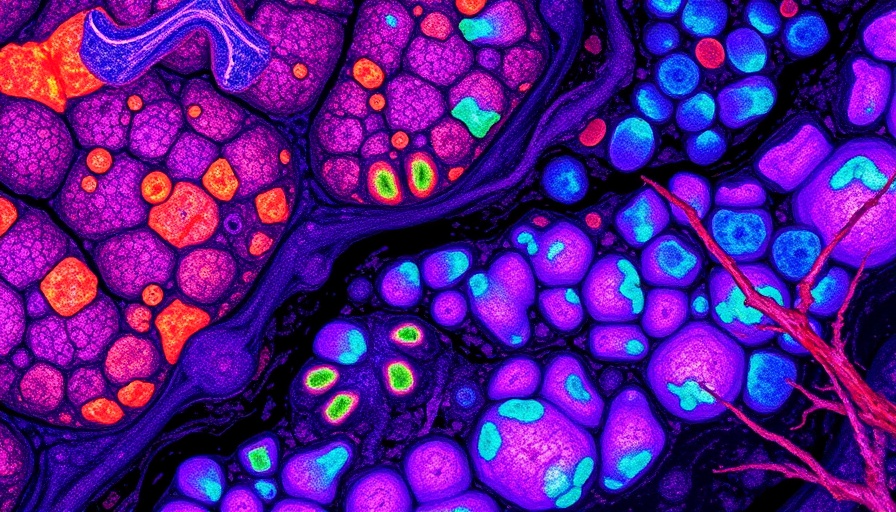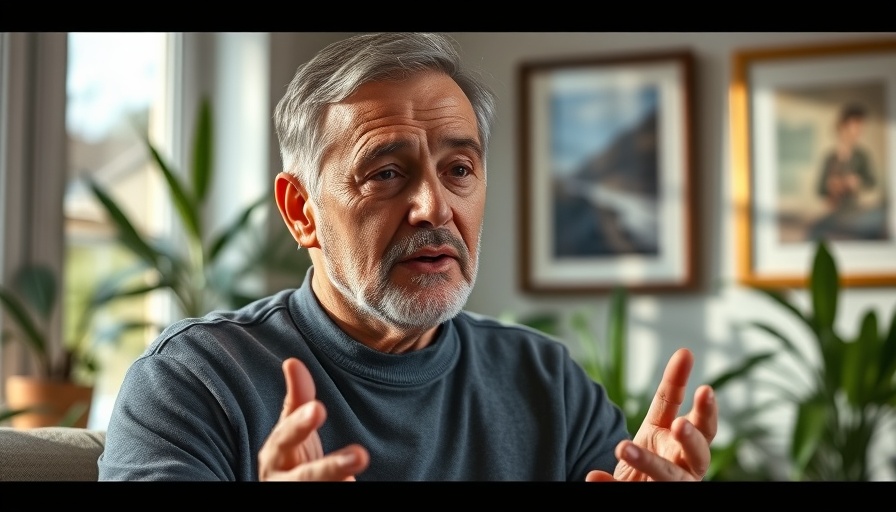
Unlocking the Mystery of Spinal Cord Repair
Spinal cord injuries can change lives forever, leaving individuals with compromised mobility and sensory capabilities. Researchers have long sought to understand the biological mechanisms that obstruct recovery. A groundbreaking study led by C. Justin Lee at the Institute for Basic Science offers new insights into a molecular ‘brake’ that hinders regeneration in the spinal cord, revealing important avenues for therapeutic development.
How Astrocytes Contribute to Injury Recovery
Astrocytes, star-shaped glial cells in the spinal cord, have been discovered to play a pivotal role in the healing process. The research team identified that these cells produce GABA (gamma-aminobutyric acid) through the enzyme monoamine oxidase B (MAOB). GABA is a well-known inhibitory neurotransmitter that can significantly suppress growth signals required for neuronal recovery. By inhibiting MAOB, the researchers witnessed enhanced neuronal vitality, marked by the preservation of a key neuronal marker known as MAP2, and improved myelination of axons.
The Implications for Future Health and Wellness
This discovery holds profound implications for health and wellness, particularly in developing new treatments for spinal cord injuries and neurodegenerative conditions. By targeting this astrocytic 'brake', there is potential not only to restore loss of function but also to improve quality of life for individuals facing these challenges. As society increasingly understands the importance of health and wellness, such advances strengthen our commitment to optimal health.
Future Predictions: A New Path to Neuronal Regeneration
Research in neurology is advancing rapidly. The inhibition of MAOB represents a promising frontier in regenerative medicine. Experts predict that continued exploration of astrocytic pathways will illuminate further strategies for neuronal regeneration. This could lead to novel therapies that not only repair spinal injuries but also address a range of neurodegenerative diseases, promoting a community-centric approach to health and wellness.
Counterarguments and Diverse Perspectives
While the potential of MAOB inhibition is exciting, some scientists urge caution. Arguments exist regarding the long-term effects of manipulating neurotransmitter systems, emphasizing the need for comprehensive testing to assess the risks involved. Balancing the benefits of spinal repair against possible adverse outcomes raises critical questions that must be addressed.
Community Health Initiatives: Fostering Wellness Through Innovation
The implications of this research extend beyond the laboratory. Community health and wellness centers need to embrace and disseminate these findings, promoting awareness and support for advanced treatment options. Educational programs should focus on encouraging individuals to engage in discussions about spinal cord health, while also providing access to natural therapies and rehabilitation programs that foster health and wellness.
As we stand at the crossroads of innovation and healing, this research exemplifies the intertwined nature of science and health advocacy. Those involved in health and wellness sectors must advocate for evidence-based practices that integrate cutting-edge research findings into everyday wellness strategies.
In conclusion, the strides taken to understand and inhibit astrocytic brakes in spinal cord repair open new avenues for regenerative therapies. As we anticipate potential breakthroughs that may redefine recovery paradigms, it’s essential to remain informed and engaged in health and wellness conversations, ensuring the community benefits from scientific advancements.
 Add Element
Add Element  Add Row
Add Row 



Write A Comment